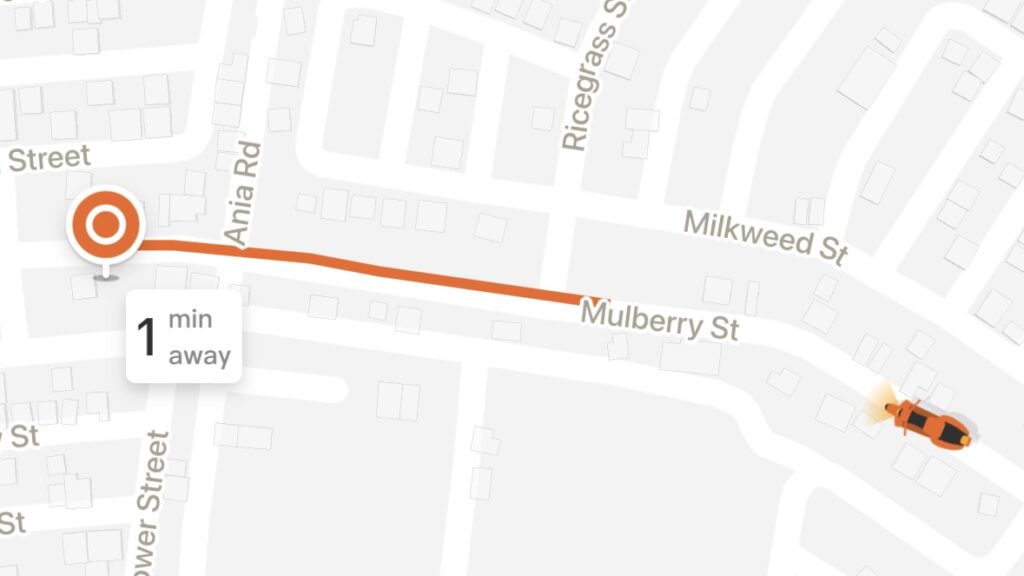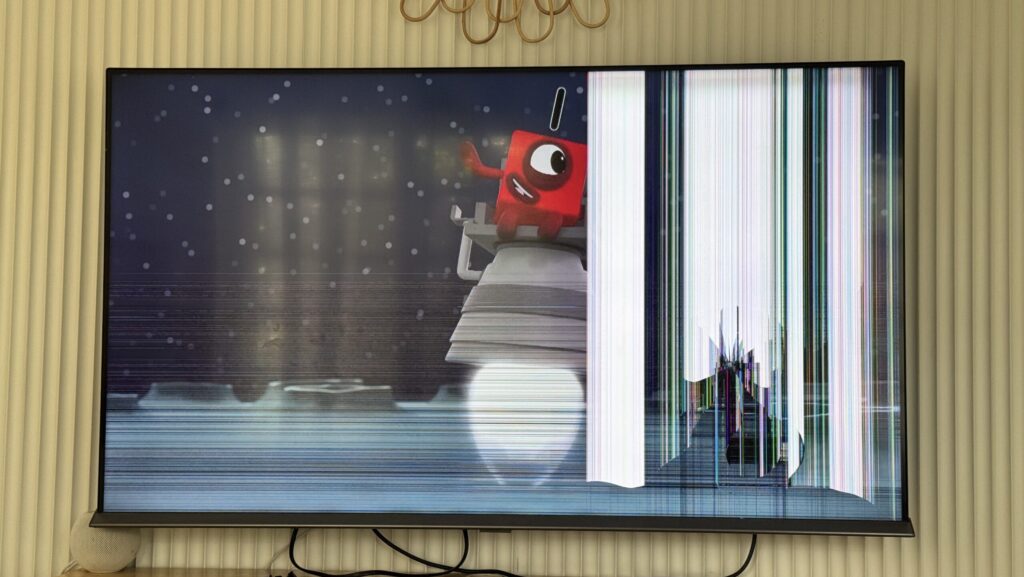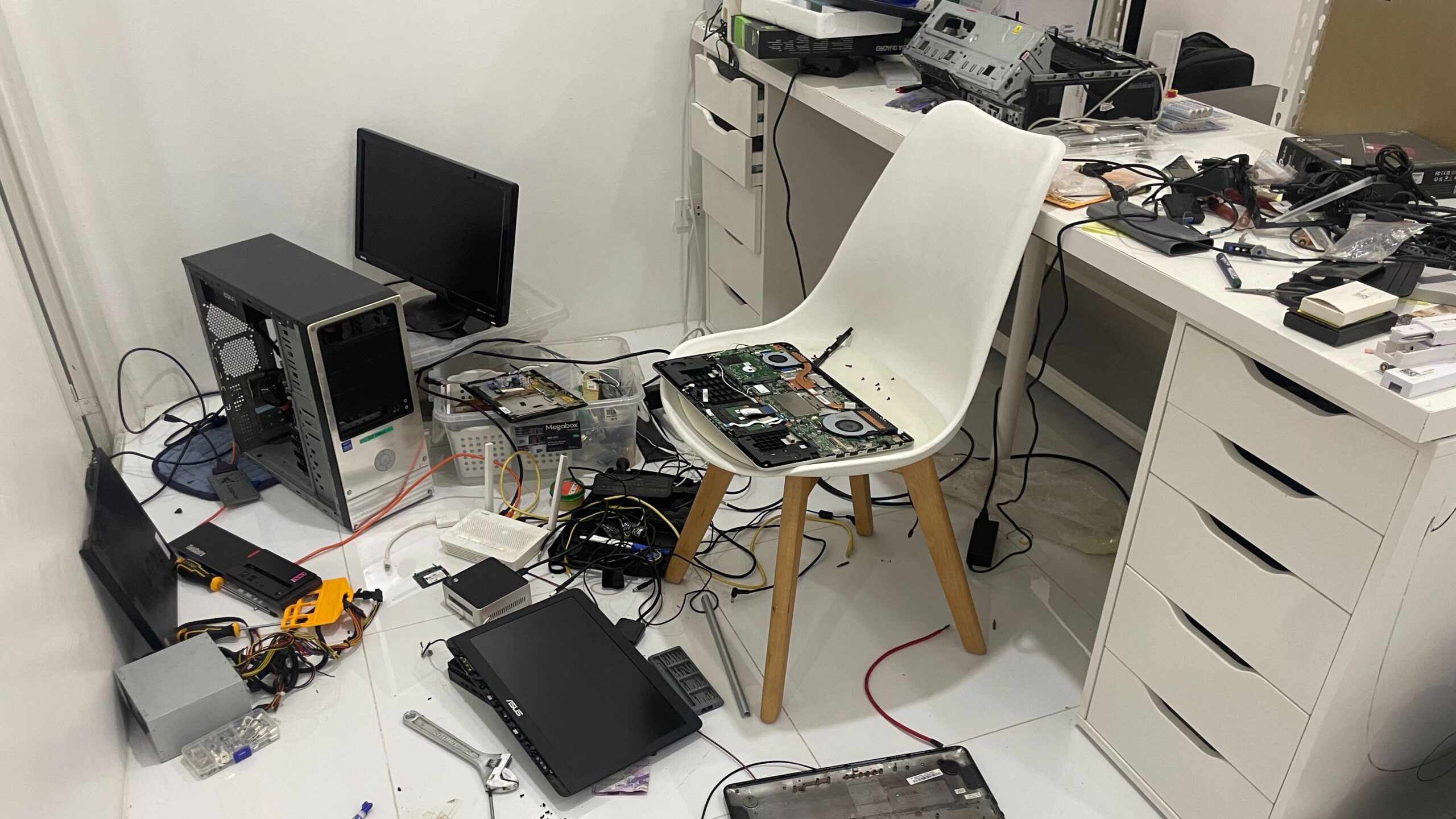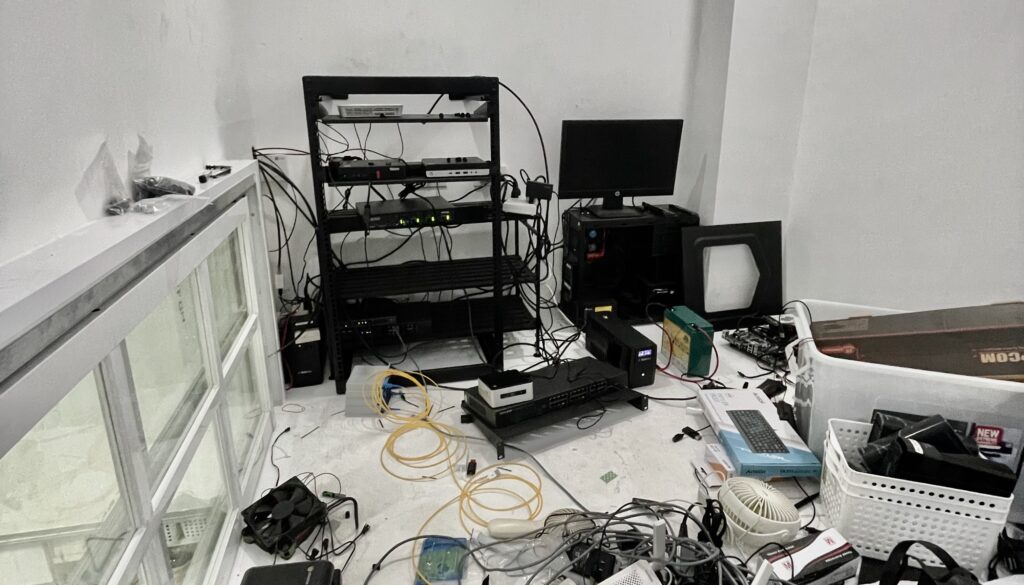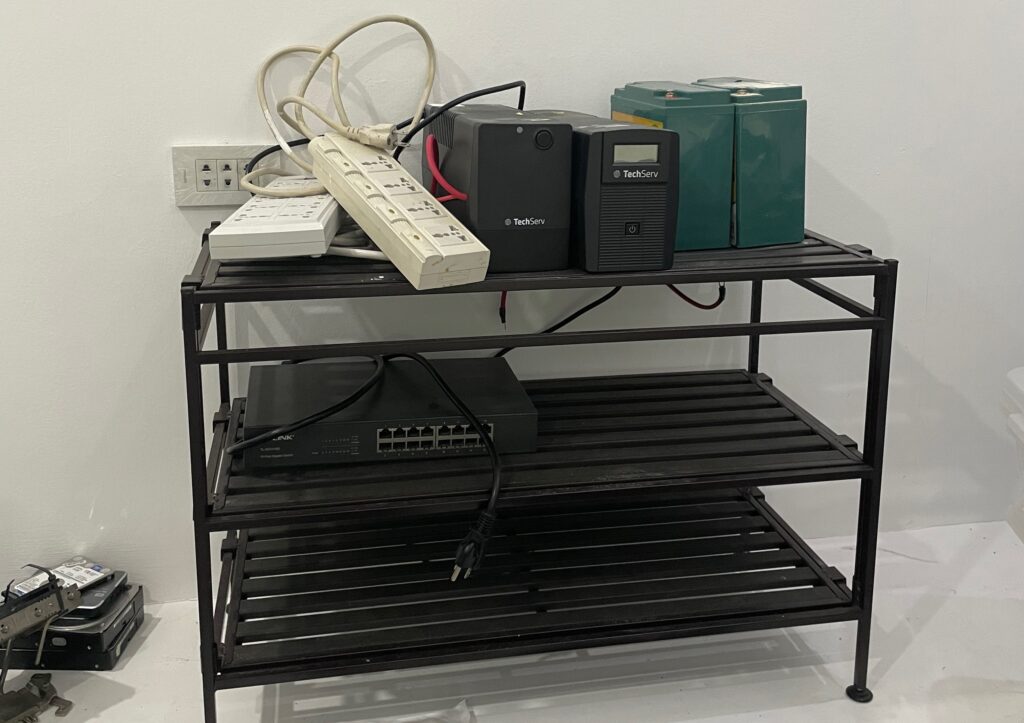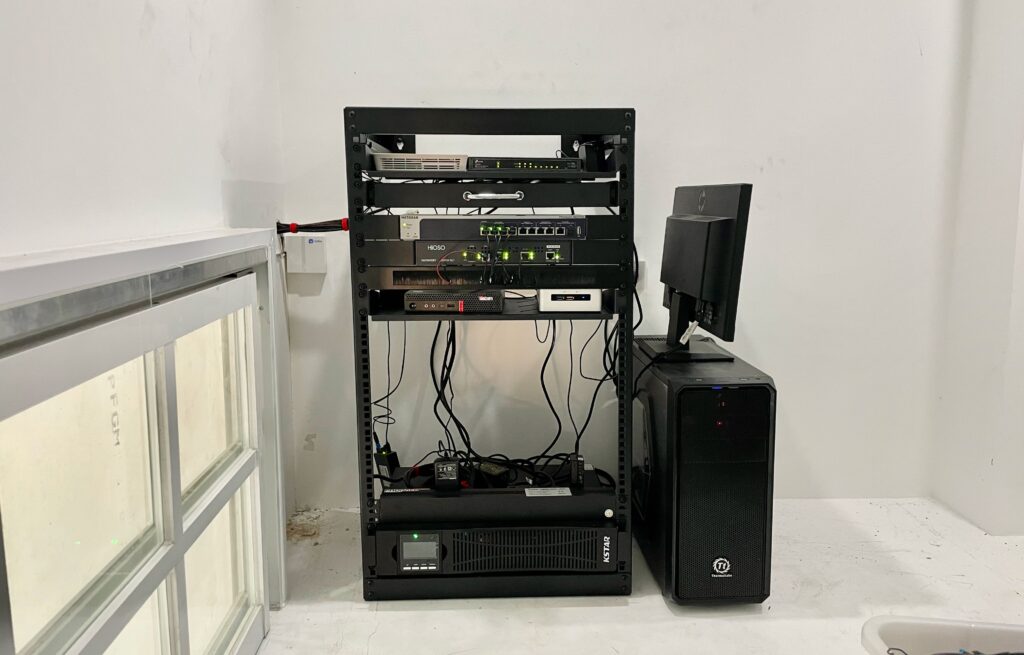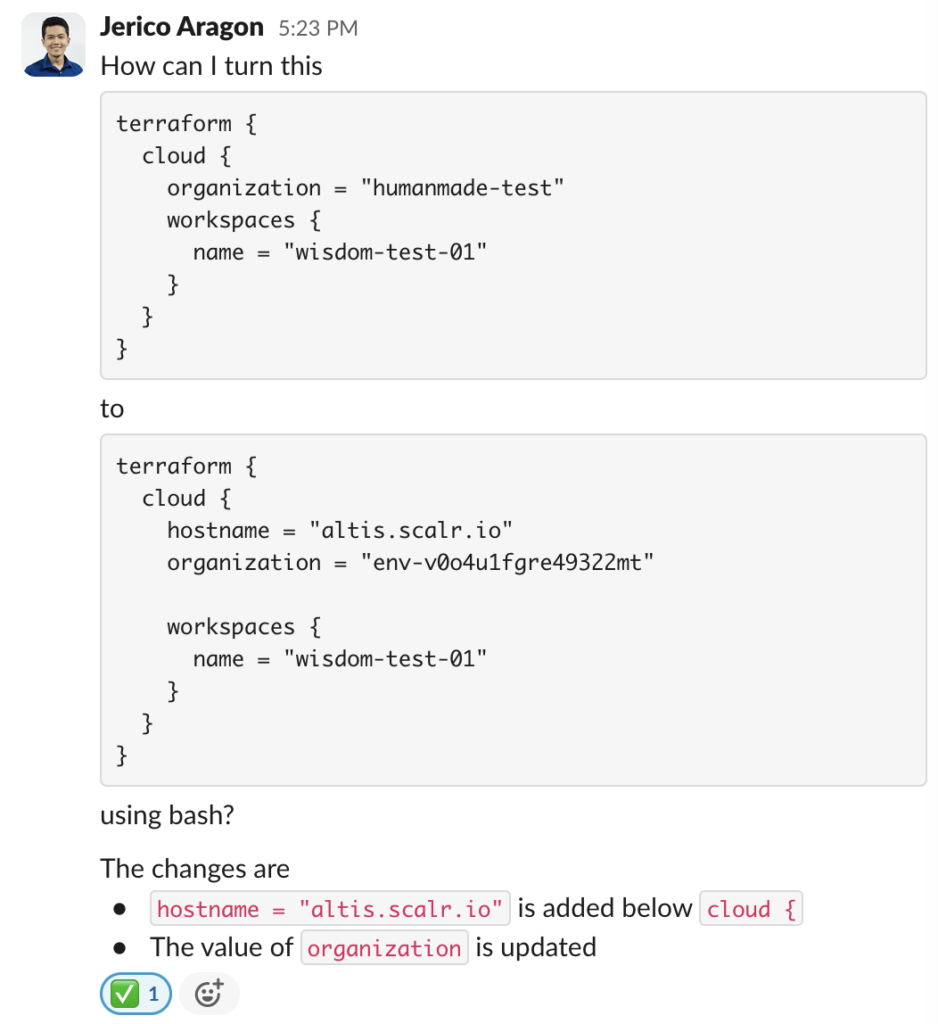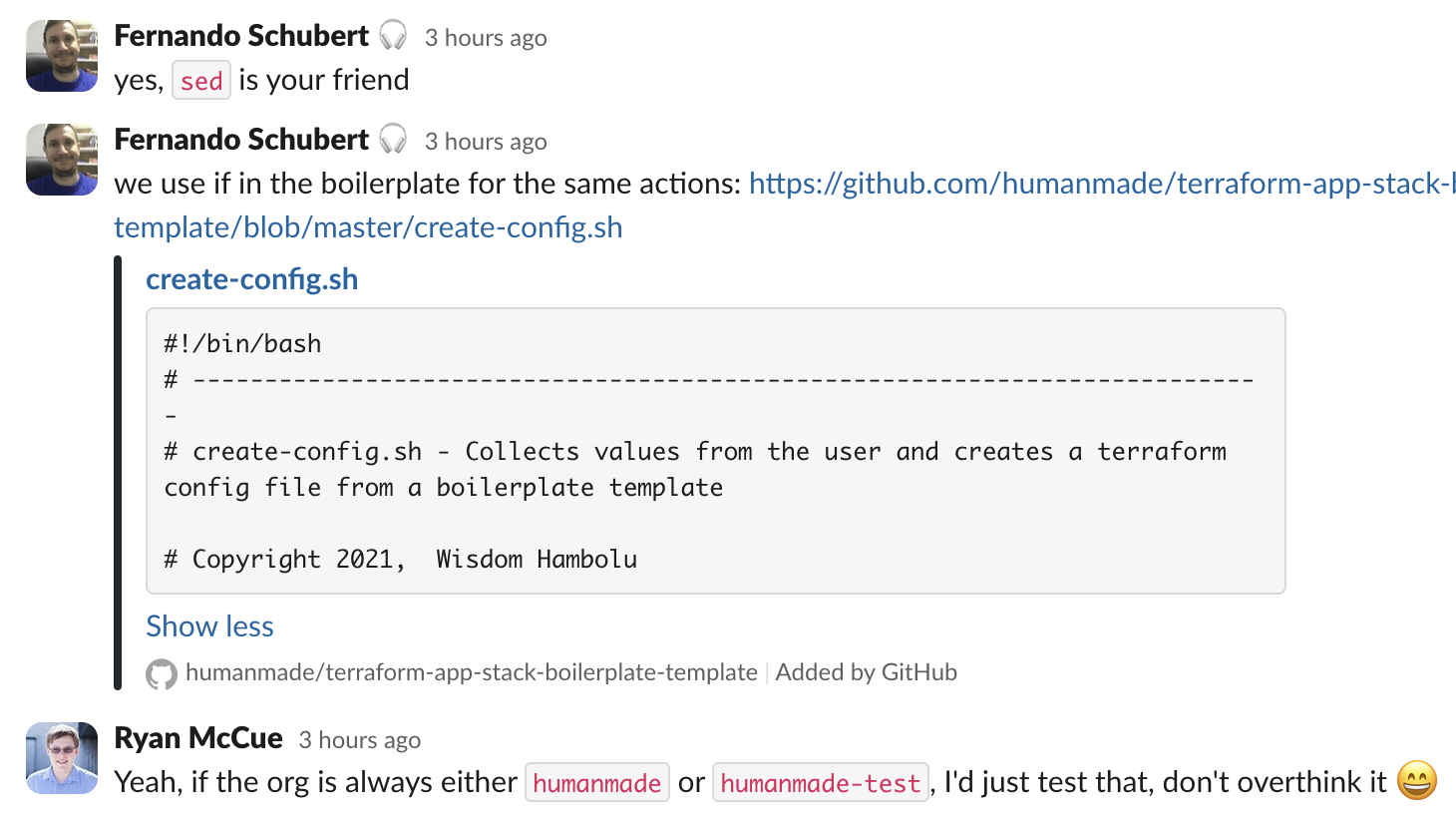One of my kids look for me whenever he feels frustrated or angry or sad. He looks for me to vent out his feelings by hitting me.
Every hit, I remind him it’s not good, and inside me the tension just builds up.
I got to a point where in my head I’m thinking “I don’t deserve this” even with light touch I get triggered and hit back.
Of course I felt bad, really bad.
Just because I fuck up doesn’t mean I’ve got no heart
Sorry, but some days aren’t so pretty
I wanna hit the brakes but I hit the gas
Love Fame Tragedy – 5150
I went out to think.
How we construct meaning from experience is a choice
I forgot that I have a choice on how I construct meaning from experience.
My default, immediate meaning of his action was he does not appreciate all the understanding I’ve already done for him. I go on this toxic mental cycle how I don’t deserve to be treated like this, triggering me even more.
The plain reality is my kid have sensory processing issues that’s out of his control, and have a difficulty verbalizing what he’s feeling. The easiest way he could unload his frustration is by hitting me, not out malice, but out of difficulty of other ways to express it.
How I try to see it now
Maybe it’s because he knows deep down, no matter what he do, I would still be there for him. Which is true. I make sure he always feel loved. Him venting his frustration to me could be a sign of the security he feels around me.
Ever since I shifted how I see it, I barely gets triggered anymore.
Now, it mainly reminds me that it’s because he is secure with me.
I still don’t tolerate hitting of course. With clearer head (not being angry or triggered myself), I was able to figure out a way to redirect him. Asking him to “double high five” breaks his pattern of using both his hands to hit. Immediately followed by fist bump and align, it kept him occupied enough to briefly interrupts his overwhelmed head.
Sometimes, that’s all it takes to bring him back to his regulated state.
He’s not angry, I’m not angry, he feels better, I feel better. All just from a change of meaning.

